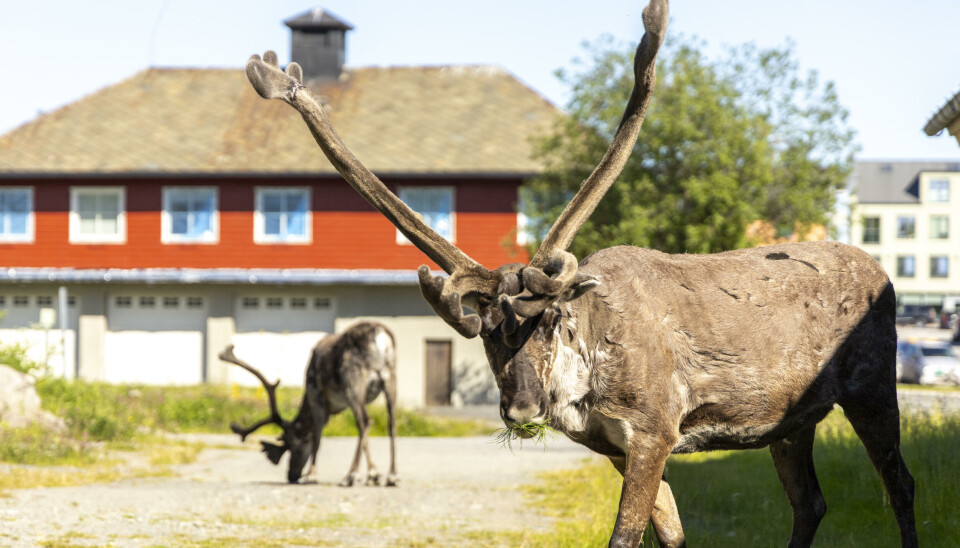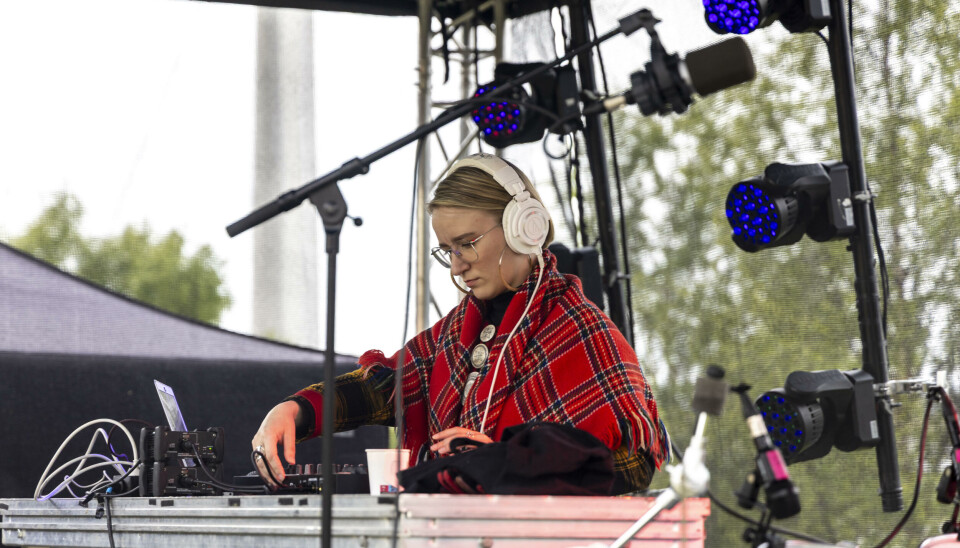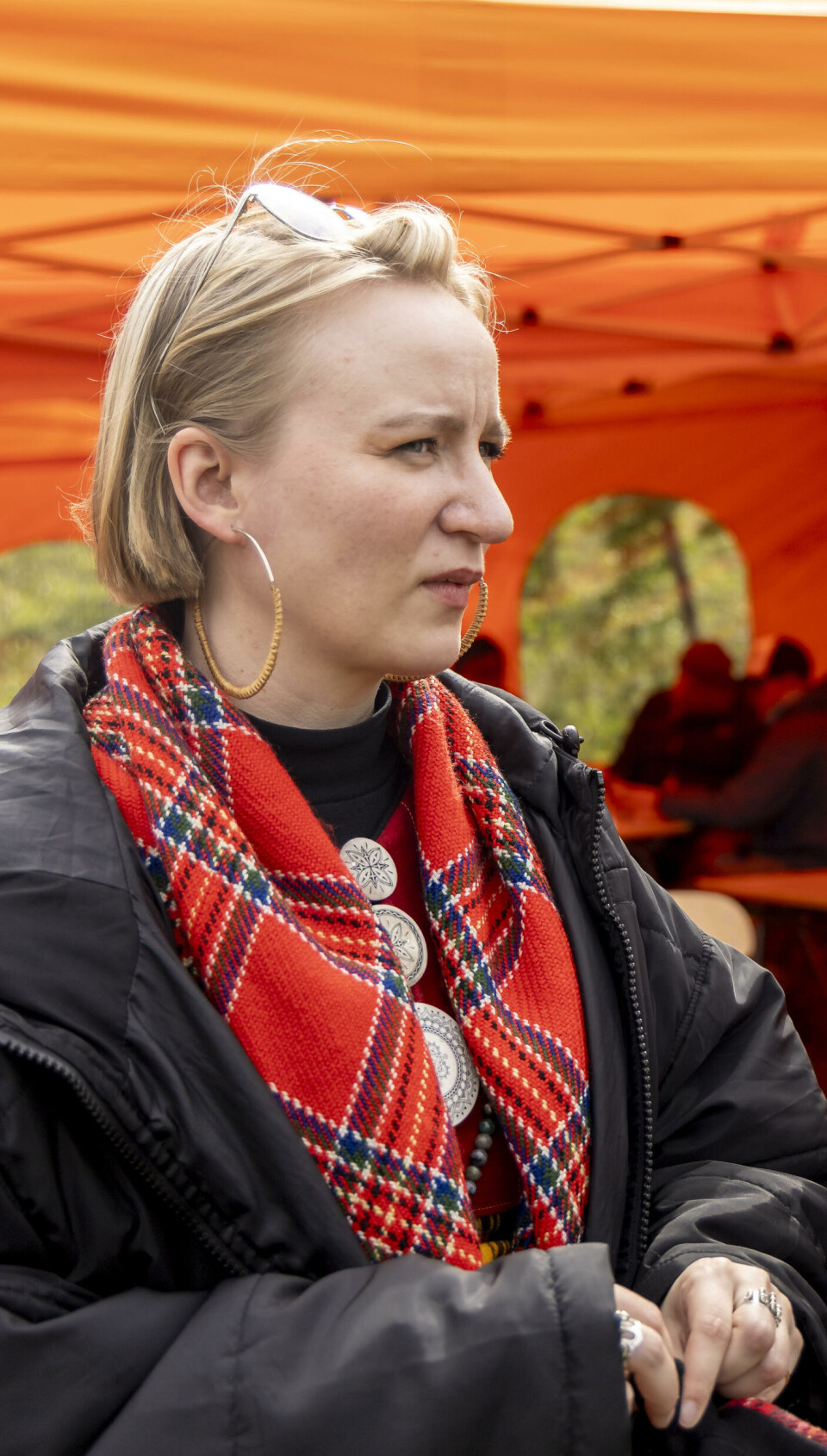
Green transition comes with double burden for Indigenous Sámi reindeer culture
Indigenous peoples are often the first ones to suffer the consequences of the climate crisis. At the same time they are the ones sacrificed for national or global mitigation efforts.
Petra Laiti is actively involved in both the Sámi civil society and the broader international indigenous co-operation and has worked for the Sámi Council worked on a project focused on climate justice in the traditional sámi territories of the Nordic countries.
We talked with her about the overall situation for Sámi livelihood across the borders of the Nordic countries.
“The biggest issues with regards to green transition in Sápmi, across the national borders, are mining and wind farm projects”, she says.

Laiti says that the Sámi livelihood isn’t a money issue. As long as there are reindeer, salmon, berries, plants and clean water, they have everything needed to manage a climate catastrophe. The same way people have lived for most of the time when people have lived in Sápmi.
“It’s easy from the outside to come and say that it’s about making a living and getting subsidies, when it’s really about food.”
Petra says that areas that haven’t had infrastructure projects might still suffer as well due to the climate crisis. "No single area has remained unaffected, but the effect depends on the specific area.”
Apart from variations in soil and ecosystems, there are country-specific differences.
“And of course the local communities play a role.”
The Sámi essayist, currently based in Tana, Norway, says that mitigation and adaptation measures often come at the expense of indigenous peoples. Authorities both in Finland and Norway have forbidden Atlantic salmon fishing in the Tana River.
A current issue is the invasion of the pink salmon, originally from the Pacific Ocean, but planted by Russia on the Kola Peninsula in the late 1950s. Norwegian authorities have in recent years built dams to block its upstream run, but many Sami oppose the idea of trying to control nature in this way. In a recent demonstration and public grilling of politicians and officials, Sámi from both the Finnish and Norwegian sides gathered in Tana to oppose the building of weirs, fearing that they would also threaten the Atlantic salmon population.
“Even if we don’t like [the invasion of pink salmon], I don’t think that blocking its way will help, but merely slow down the Tana River from changing as an ecosystem. And many of us believe that humans shouldn’t interfere with that in this way,” Petra Laiti says.
There is also the question of who gets to decide what is being done to the fish. Some Sámi question the legitimacy of the decisions, since the indigenous community hasn’t condoned them. In some cases there have been consultations, which nevertheless have not been taken into account in the decisions.
The framing of these disagreements are often portrayed on an abstract philosophical level about rights and who the land belongs to, but Laiti says that ultimately it’s about food and survival.
“The reason we’re interested in making use of the pink salmon is because, if fished at the right time, it can be eaten. If it can be eaten and they become more and more plentiful, then it’s smart to eat it, because it will benefit both us and our environment.”

“Our livelihood is not a money issue. In reality it’s just about food. We can eat the food that grows in our lands. That’s how people have lived here for most of the time that there have been people here. And as long as we have reindeer, salmon, berries, plants and clean water, we have everything we need to manage a climate catastrophe. It’s easy from the outside to come and say that it’s about making a living and getting subsidies, when it’s really about food.”
Self-sufficiency is also a way to manage economic hardships that come with population decline in the high north. “The supermarket that has been here for the last 20 years could probably disappear in the next 20 years. The reindeer have been here for centuries.”
The impacts of climate change can already be seen today through the frequent heatwaves, droughts and extreme weather events as well as in loss of biodiversity around the world, but Laiti raises concerns of the biggest crisis yet to come: food scarcity. “It is hard to grasp in the West because food is so accessible, but the day will come when that’s not the case anymore. And in that moment it will become clear which communities are best equipped to survive.”
While the rest of the world is slow in its efforts to either mitigate or adapt, Laiti says that the Sámi community actively tries to keep up a sustainable lifestyle that would outlast a grim future.
“We try to gather all the generational knowledge, which of course has personal and cultural value, but first and foremostly we will be needing all that knowledge.”














